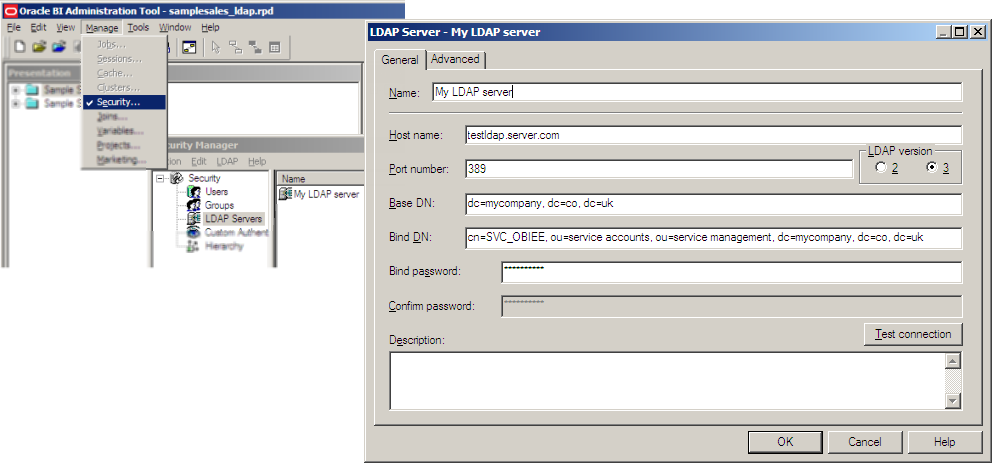Apr 7, 2011
Whilst perusing the Oracle database documentation, I noticed something which caught my eye:

As well as reading the documentation online as HTML or downloading as PDF for viewing on your computer etc, you can also download it in formats (Mobi and ePub) designed for eReaders such as the Kindle and iPad (the latter obviously isn’t “just” an eReader). For information on format support, there’s a handy table on Wikipedia.
It looks like the availability of mobi/epub files isn’t universal. For example, the OBI 11g documentation appears still to be HTML & ZIP only. And whilst the Database documentation doesn’t link to the mobi files on the contents page, only each document’s TOC, the Essbase documentation does:


